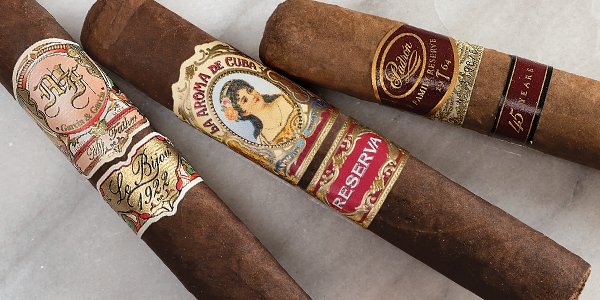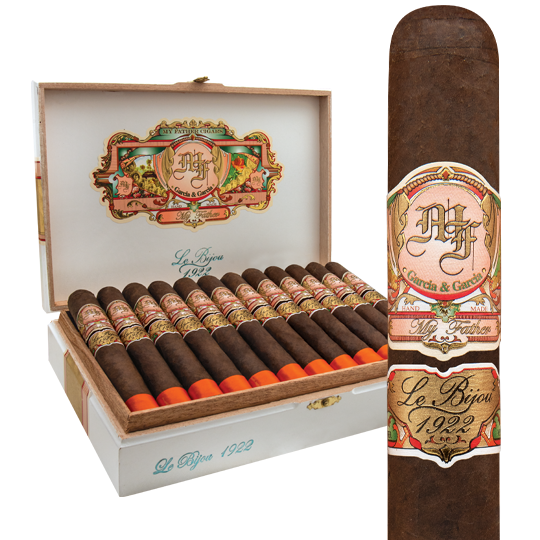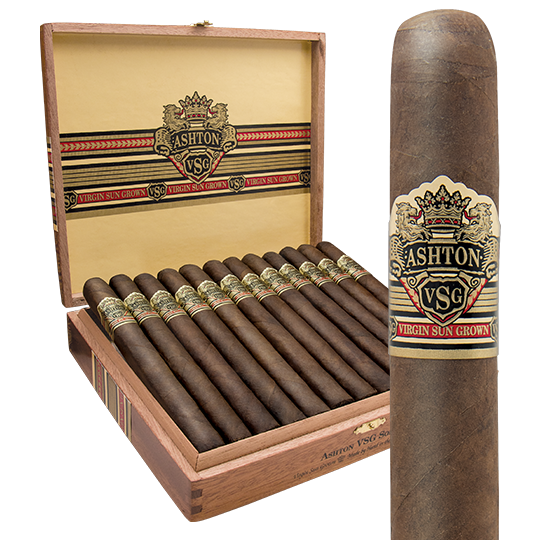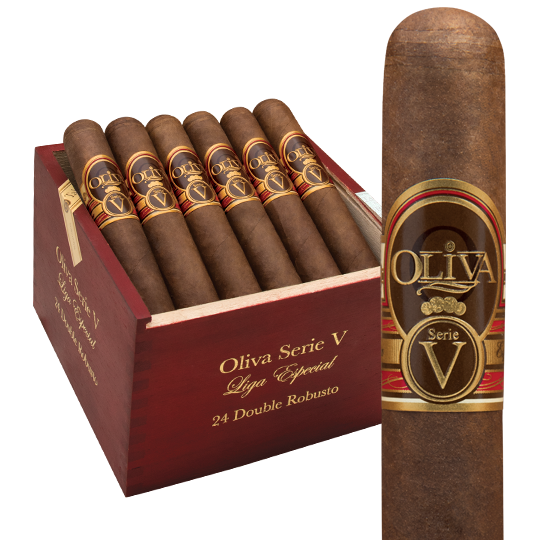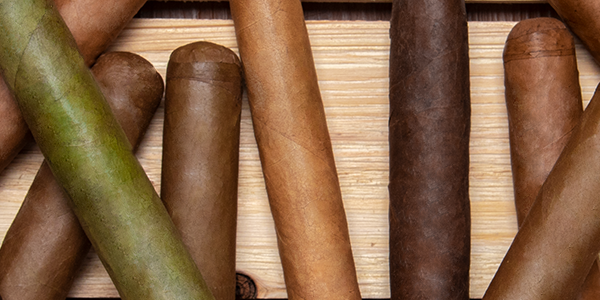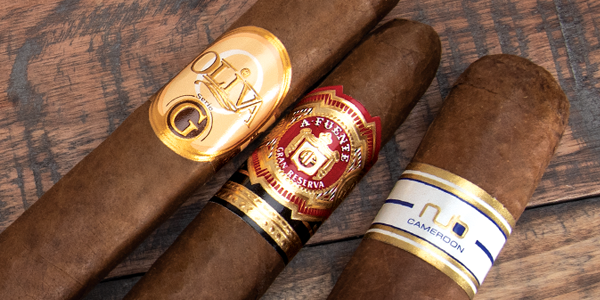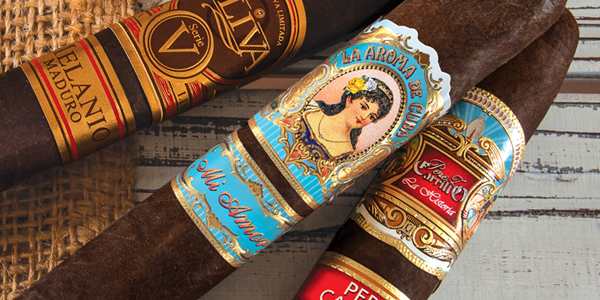Why Are Some Cigars Shiny & Does That Make a Difference?
The wrapper on a premium cigar is the most important component. Visually, it’s the first thing you notice. It can also account for as much as sixty to eighty percent of a cigar’s flavor, depending on the blend. One quality many wrappers possess is sheen. Oily wrappers are touted as the most desirable, and we’re inundated with images of shiny cigars when we shop online, but not all wrappers are oily. Tiny pockets of oil that develop naturally on a wrapper are called “tooth,” which is common on many Cameroon cigars. These aren’t, however, the shiniest cigars you’ll encounter.
A Shiny Wrapper Takes Time
A wrapper’s complexion is achieved through fermentation. Tobacco fermentation is a science, an art, and a labor-intensive process that takes several months and years. The best cigar-makers have mastered it, and they never rush the process. The oiliest wrappers are found on Maduro and Oscuro cigars. The most popular Maduro and Oscuro cigars are blended with Connecticut Broadleaf, Ecuador Sumatra, San Andrés, and many Habano, or Cuban-seed, wrappers (grown in Ecuador and Nicaragua).
Are Shiny Wrappers Better?
It depends on the blend and on your personal tastes. Examples of top-rated cigars known for their lustrous wrappers include Ashton Aged Maduro, Ashton VSG, My Father Le Bijou 1922, La Aroma de Cuba Reserva, and Oliva Serie V. Award-winning cigar-makers like Carlito Fuente and Pepin Garcia ferment and age their tobaccos until optimal flavor is achieved. The same goes for Jorge Padron whose prestigious portfolio includes dozens of critically acclaimed cigars like Padrón 1964 Anniversary and 1926 Series. However, Padrón cigars exhibit a naturally drier look and texture when compared to a My Father Le Bijou, for example. Both cigars deliver equally rich and complex taste, regardless of the degree of oiliness they display. But for some manufacturers, being a great blender isn’t enough; they will enhance the appearance of their cigars through unnatural methods.
Shortcuts to Wrapper Color
Years ago, I fired up a cigar with a jet-black Maduro wrapper from an undisclosed brand. The draw was excellent and the flavor was better than average but nothing to write home about. After smoking the cigar for fifteen minutes, I stood up and did a double take when I caught my reflection in a window – it looked like I was wearing lipstick. I vaulted to the bathroom and began washing my lips with a paper towel when I realized the cigar was the culprit. Clearly, the wrapper had been “painted,” and its color came off the second I put it in my mouth.
There are two techniques – painting and cooking – occasionally employed by unscrupulous cigar-makers to hide imperfections in their wrappers and skip the prolonged time required to properly ferment wrappers to make them dark and oily. Both methods are short sighted and capable of ruining a cigar-maker’s reputation, which is why high quality brands never resort to them.
Cooking Wrappers
To save time and cut corners, some cigar-makers will “cook” their wrappers to make them darker. In one scenario, the leaves are placed in a big electric oven and cooked at a low heat to induce the compounds to develop that give Maduro wrappers their dark hue, for example. In another method, wrapper leaves are placed in large vats and steam is pumped in to achieve a darker color quickly. A wrapper that has been cooked will deliver mellow or even bland flavor lacking the complexity traditional aging methods provide.
Painting Wrappers
In another process, the wrappers are “painted.” The stems of the tobacco plants are soaked into a tea-like solution which is painted onto the wrappers. The solution can be sticky and adhere to your lips or fingers when you are handling a painted cigar. Its flavor is often bitter or too spicy as a result. There are even some cigar-makers bold enough to coat their wrappers with artificial coloring agents. Getting a sticky residue on your fingers is a telltale sign that a cigar wrapper has been painted. A wrapper that is aesthetically unpleasing will always taste better than one that has been artificially manipulated to look attractive.
The Eye of the Beholder
When you’re shopping for cigars, especially in person in a retail store, it’s difficult to be deceived. Great cigar-makers produce cigars with uniform color and texture, and you’ll notice a high level of consistency among the cigars on display from a particular brand. Online images can easily be altered to look more alluring, but you’ll know whether you’re smoking a quality cigar when you’re holding it in your hand. There is no gleaming gold standard by which to measure a cigar’s shininess, though. Trust your eyes and, especially, your taste.

